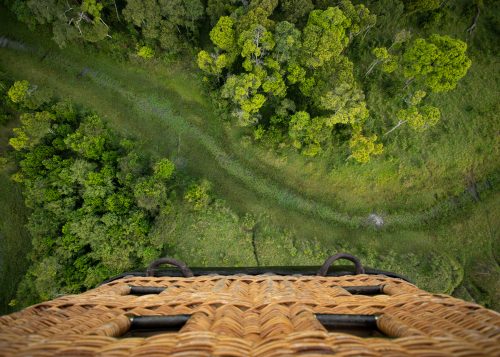
Before Toto’s lyrics take up permanent residence in that space between your ears let’s focus on the facts about rain in Africa in general, and the Mara in particular. What is it about intrepid travellers planning on coming to our continent claiming not to be afraid of wounded buffaloes, creatures that growl in the night or even a friendly bat or two, but anxiously asking ‘Is it ok to travel to the Mara in the rainy season?’ Rain doesn’t bite, it doesn’t sting, it doesn’t give you the African version of Delhi Belly – it simply makes you a little wet. And does it ever make the world look lovely again. ‘And what about the animals – will we see anything?’ they earnestly ask. Well, there’s no patient answer to that.

I have to admit that after 25 years of working in the Mara I am getting just a teensy bit weary of extolling the beauty of the Mara during the rainy seasons and trying to explain once and for all that ‘long rains’ and ‘short rains’ are farming terms (it rains over a longer period in April and May and for just a few weeks in November, give or take the odd El Niño or two) I thought I would let these images tell the story of the Indescribable Magnificence of the Mara in The Rain.
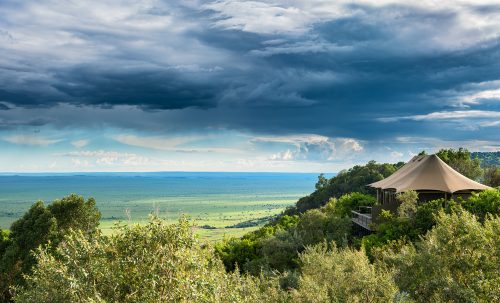
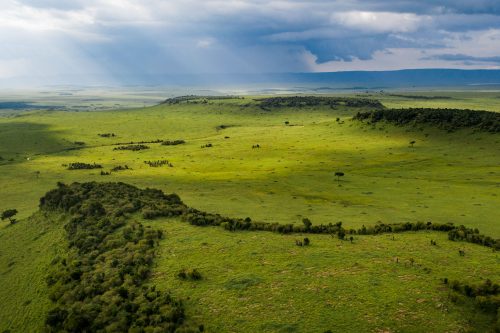
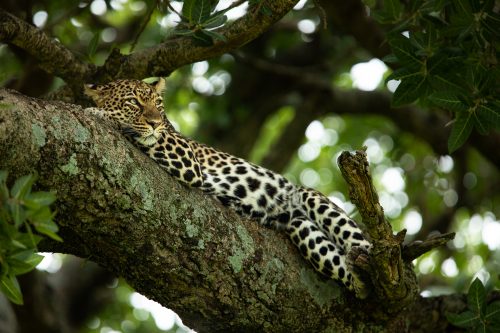
As Hemingway wrote in his Green Hills of Africa:
“Now, being in Africa, I was hungry for more of it, the changes of the seasons, the rains with no need to travel, the discomforts that you paid to make it real, the names of the trees, of the small animals, and all the birds, to know the language and have time to be in it and to move slowly.”

Last April the talented photographer Stevie Mann spent some time shooting the lodge and this is how described what he saw and captured on film:
“There’s something about the light in an African wilderness.
The clarity, the freshness, the crispness, brings with it a sense of peace. If you are there during the rainy season, the skies are likely to be full of texture and drama. Add to that an elevation over your surroundings, and it is almost as if you can see forever.
Take all of these elements, and place yourself atop an escarpment with the most breathtaking view over the Mara-Serengeti ecosystem and you have an intoxicating set of ingredients for landscape photography. Angama Mara sits in such a place, and it has about the best view in all of Africa”.

Some fast facts about the wet season in the Mara: dramatic late afternoon early evening isolated thundershowers, boom bam and it’s over often leaving a glorious rainbow as a farewell gift; the temperature hardly ever drops to below 20°C so no soggy shivers; guests pretty much have the Reserve all to themselves; other than gazillions of wildebeest the abundance of wildlife is overwhelming; and no dust.
Read more about the Mara landscapes during the early months of the year.
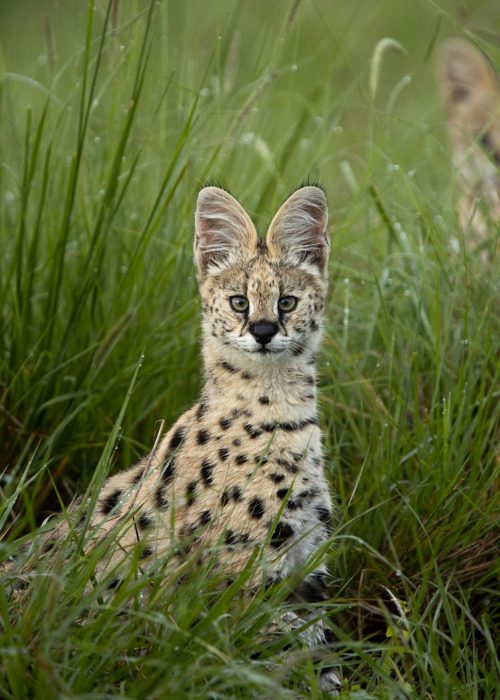
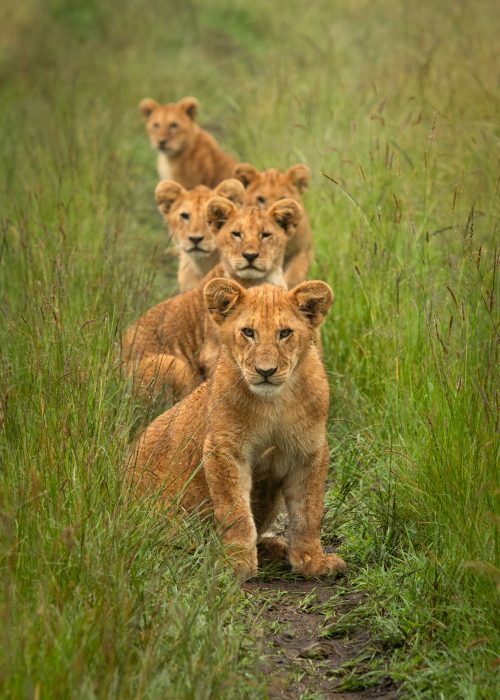
And the last word from a guest who shared on TripAdvisor her April stay:
We traveled to Angama in low season which is supposedly the rainy season although the only rain we experienced was in the middle of the night rain on our last night. From the escarpment we could see rain showers but they are 20 – 30 minute episodes that roll through followed by full-on sun. And in the evenings we were treated to lighting shows in the distance. Despite missing the migration I would recommend an off season visit as the weather is great and the crowds are considerably lessened not to mention the room rates in all of East Africa would be meaningfully discounted as well. Don’t let the label “rainy season on the Mara” keep you away. If I go back I would probably choose the same month.
Toto driven you crazy yet?
For photographic evidence of the game viewing in the Mara in Aril, May, October and November please browse through our This Week at Angama wildlife stories dating from 2018 – you will be astonished.
Filed under: The Mara
Subscribe for Weekly Stories
Comments (1):
16 January 2024
Thank You for Amazing Post

Rates & Availability